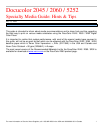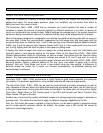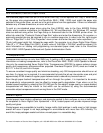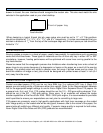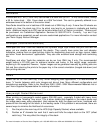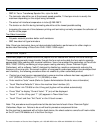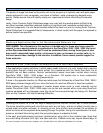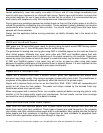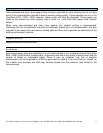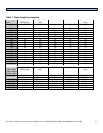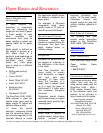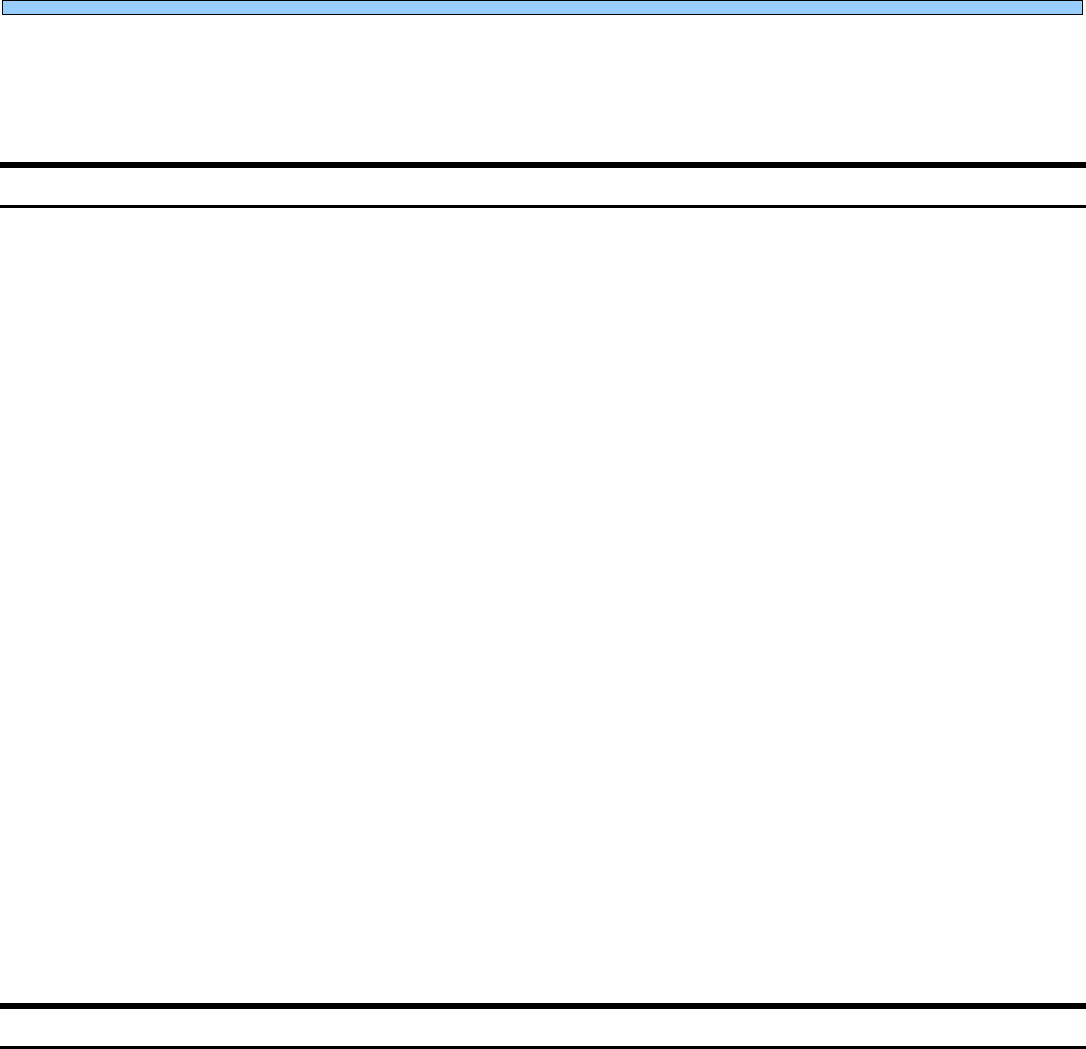
For more information on Genuine Xerox Supplies, call 1-800-822-2200 in the USA and 1800-668-0133 in Canada 4
The surface of coated paper is susceptible to scratches and fingerprints. Handle all coated stocks
carefully and avoid excessive handling. Keep all work areas clean, as dust or dirt can scratch the
surface of coated papers.
Side to Side Registration Considerations- Paper Stretch
When running two sided printing applications side to side registration may be effected by the inherent
paper stretch that occurs as the paper passes through the high pressure and temperature nip.
Typical paper stretch for light uncoated materials is between 0.2% and 0.6% of the paper size in the
process direction. For coated materials the effect can be as high as 0.9% of the paper size in the
process direction.
As a summary the following observations are relevant to the stretch of paper in belt-nip fusing:
1) The paper stretch problem is most apparent with coated papers. Most coated papers stretch
significantly more than uncoated papers due to the larger frictional stresses experienced by
coated stocks and softening of the paper.
2) The direction of feed with respect to the orientation of paper fibers also determines the amount of
stretch. Papers fed in the CD (grain perpendicular to process direction) stretch significantly more
than papers fed in the MD (grain parallel to process direction).
3) Increasing the basis weight decreases the stretch since less stress is experienced due to the
increased thickness.
4) The synthetic material tested (Xerox DuraPaper 10 pt) actually contracts as it passes through the
fuser.
Paper stretch correction can be done using the “tools” mode registration adjustment, but front-to-back
trim mark registration may not always be possible. This is because the side-1 image expands by the
same amount that the paper stretches, thus making it necessary to expand the side-2 image by the
same distortion amount. In order to compensate for this you can use the Paper Registration
Adjustment tool (refer to the System Administration Guide Tools Mode Chapter, to adjust lead edge
registration). The tool will allow you to shift the registration as much as 2 mm in either direction. Find
the adjustment required for the paper in question.
Tabbed Inserts
Tabbed inserts can be run from onboard trays 1,2, SMH tray 3 and HCF tray 4 using the appropriate
size and weight setting. Tabbed stock should be loaded into the trays such that the short edge is fed
first (SEF), with the tabs towards the back of the paper tray. Verify the size of the material since
tabbed inserts may need to be run as a non-standard paper size. The typical size for tabs to be used
with letter size paper is 11”x 9”. Use 11” as the “x” coordinate and 9” as the “y” dimension in the user
interface non-standard paper size window of the tools mode (refer to the DocuColor 2045 / 2060 /
5252 System Administration Guide for instructions on how to setup non-standard paper sizes). For
tabs used with A4 paper use 296mm as the “x” dimension and 223.5 mm for the “y” dimension. With
guides in place, the paper tray should then be loaded and set to “Non Standard” size. Once the



